advancing marine education and conservation
Shorebirds
In North America, populations of shorebirds and seabirds have been decreasing for over a century. As early as 1912, Forbush reported that many shorebird species had been dramatically reduced by excessive gunning (Harrington 1995). Between the early 1970s and 1990s, large significant decreases in population size were reported for many shorebird species including black bellied plovers, whimbrels, sanderlings, semipalmated sandpipers, least sandpipers and short-billed dowitchers (Howe et al. 1989, Morrison et al. 1994, Clark et al. 1993, Kenyon Ross et al. 2012). Between 1989 and 2009, significant decreases in populations were also reported for killdeer, solitary sandpipers, red knots, least sandpipers, pectoral sandpipers, Wilsons snipes, piping plovers and multiple species of yellowlegs and dowitchers (Kenyon Ross et al. 2012, Haig et al. 2005).
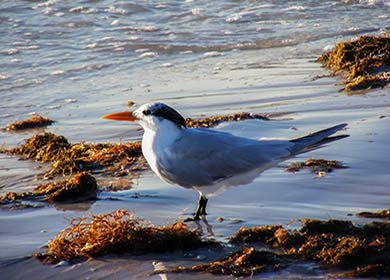
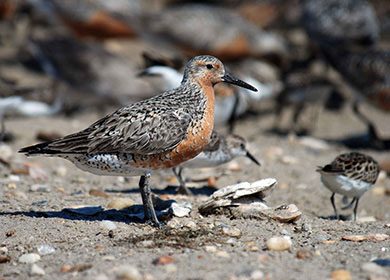
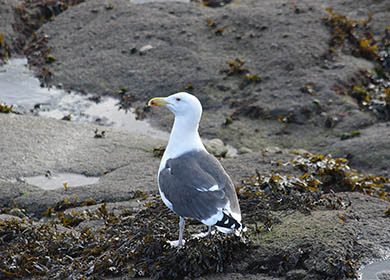
Approximately 40 percent of the worlds population lives near the coast. Areas where coastal bird and large human populations live in close proximity, make them ground zero for the conservation of shorebird and seabird populations. Conservation challenges facing shorebirds and seabirds include mitigating present and future habitat loss, safeguarding the health of shorebird individuals and populations and mitigating the effects of climate and global change.
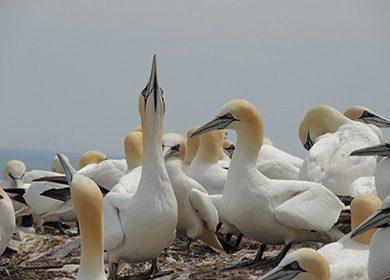
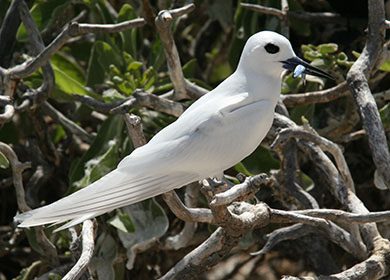
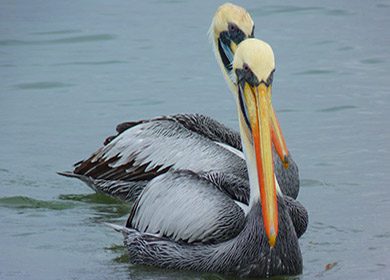
Shorebird and seabird habitat loss has been caused by coastal development, the destruction of stopover areas for migrating birds and the pollution and eutrophication of coastal waters (Robinson 1997, Tiner 1984 and Waycott et al. 2009). The health of shorebird individuals and populations has also been severely impacted by predation and anthropogenic disturbance. Based on predictions of leading scientists, climate related stressors including elevated temperatures, severe storms, impacts to fisheries and loss of habitat due to sea level rise may pose significant obstacles to the conservation of shorebird and seabird species.
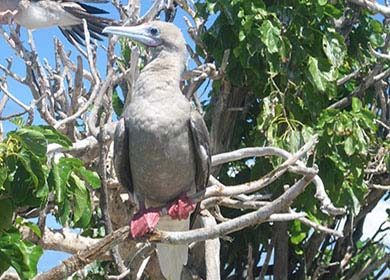
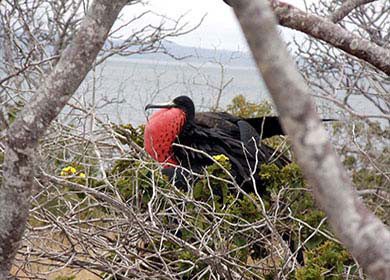
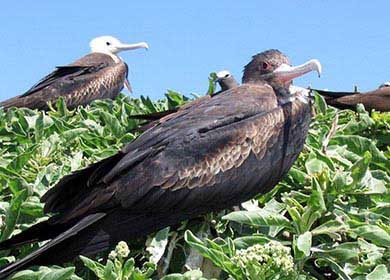
References
Clark, K.E., Niles, L.J. and Burger, J., 1993. Abundance and distribution of migrant shorebirds in Delaware Bay. Condor, pp.694-705.
Haig, S.M., Ferland, C.L., Cuthbert, F.J., Dingledine, J., Goossen, J.P., Hecht, A. and McPhillips, N., 2005. A complete species census and evidence for regional declines in Piping Plovers. Journal of Wildlife Management, 69(1), pp.160-173.
Harrington, B.A., 2003. Shorebird management during the non-breeding season-an overview of needs, opportunities, and management concepts. Bulletin-Wader Study Group, 100, pp.59-66.
Howe, M.A., Geissler, P.H. and Harrington, B.A., 1989. Population trends of North American shorebirds based on the International Shorebird Survey. Biological Conservation, 49(3), pp.185-199.
Morrison, R.I.G., Downes, C. and Collins, B., 1994. Population trends of shorebirds on fall migration in eastern Canada 1974-1991. The Wilson Bulletin, pp.431-447.
Robinson, J.A. and Warnock, S.E., 1997. The staging paradigm and wetland conservation: shorebirds and wetlands of the North American Great Basin. Inter. Wader Studies, 9, pp.80-81.
Ross, R.K., Smith, P.A., Campbell, B., Friis, C.A. and Morrison, R.G., 2012. Population Trends of Shorebirds in Southern Ontario, 1974 to 2009. Waterbirds, 35(1), pp.15-24.
Tiner Jr, R.W., 1984. Wetlands of the United States: current status and recent trends. United States Fish and Wildlife Service.
Waycott, M., Duarte, C.M., Carruthers, T.J., Orth, R.J., Dennison, W.C., Olyarnik, S., Calladine, A., Fourqurean, J.W., Heck, K.L., Hughes, A.R. and Kendrick, G.A., 2009. Accelerating loss of seagrasses across the globe threatens coastal ecosystems. Proceedings of the National Academy of Sciences, 106(30), pp.12377-12381.